School Shoutout: All Hands on Deck
How a small Texas district expanded both the capacity of their comms office and the opportunities they offer students
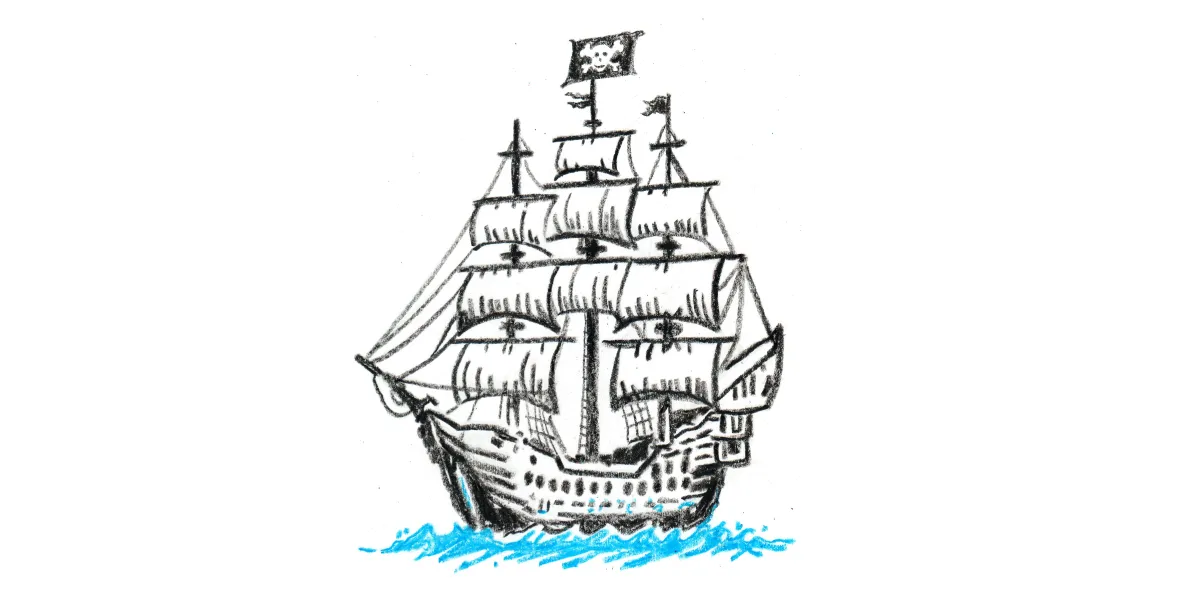
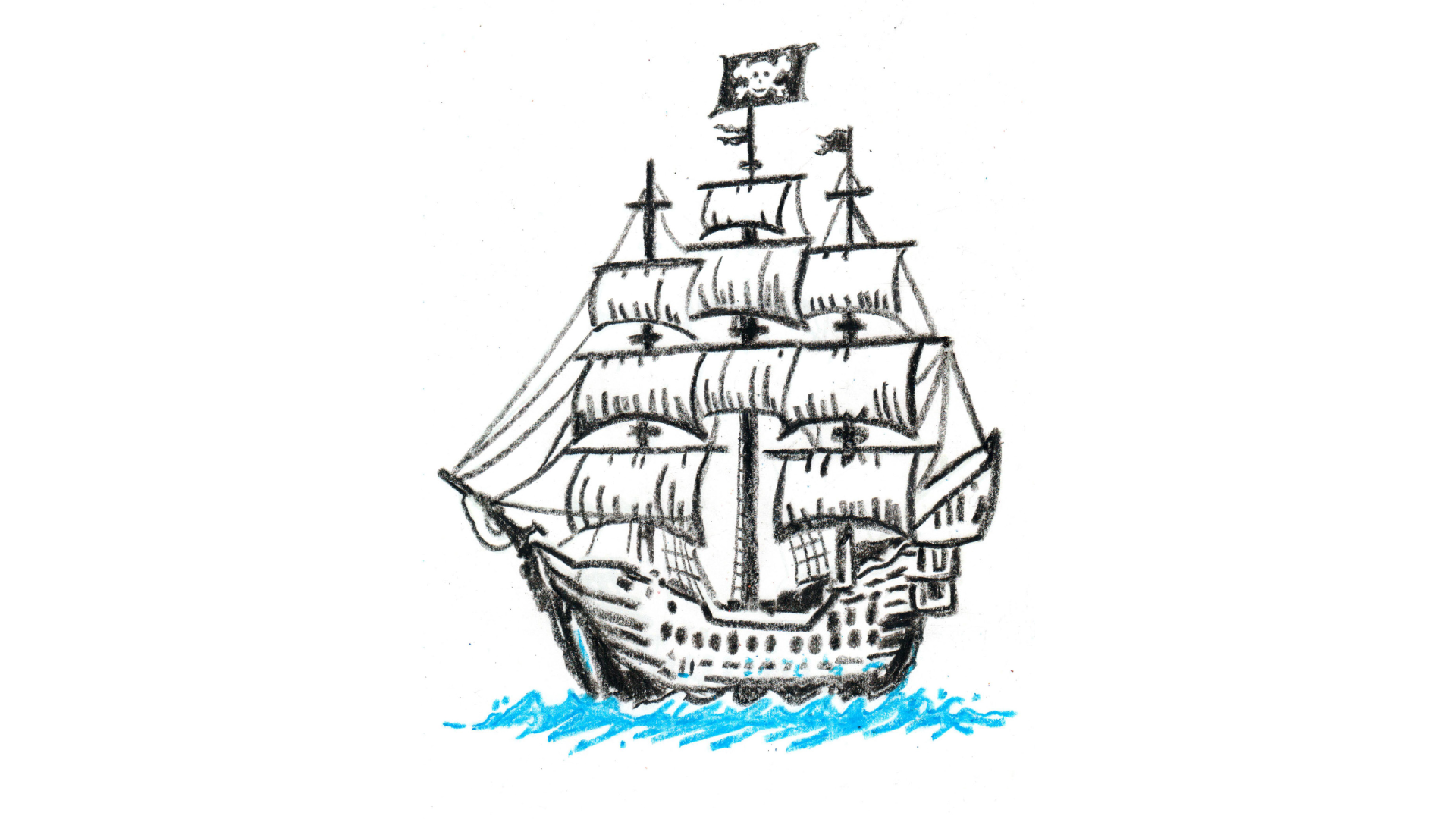
SCHOOL SHOUTOUT
ALL HANDS ON DECK
In a perfect world, every school district would have access to a robust, well-resourced communications team. We all know, however, that this is simply not the case—especially in smaller districts. According to NSPRA’s 2022 Profile of a School Communicator survey, it’s very rare for a small district to have a large communications team. In fact, over three-fourths of districts with fewer than 2,000 students reported having only one communications professional on staff—a finding that rings true for Lytle ISD in Texas.
Right on the outskirts of San Antonio, Lytle ISD has just over 1,700 students, 74% of whom are economically disadvantaged. “A lot of our kids don’t have access to the kinds of experiences that would really open up their horizons,” says Lorrianne Migura, Lytle’s public relations director and sole communications professional.
Like so many other small districts, Lytle ISD found themselves looking for ways to expand both the capacity of their communications office and the opportunities they offer students—without exceeding their budget. Their answer? Skull Studios.
What is Skull Studios?
Thankfully, Skull Studios has absolutely nothing to do with skeletons. Instead, the name comes from Lytle ISD’s mascot: the Pirates. Skull Studios is a student organization that provides marketing and communications support both for the district and for businesses in the surrounding community. From logo design to web commercials to commercial printing, Skull Studios does it all—but it took them a while to get to where they are now.
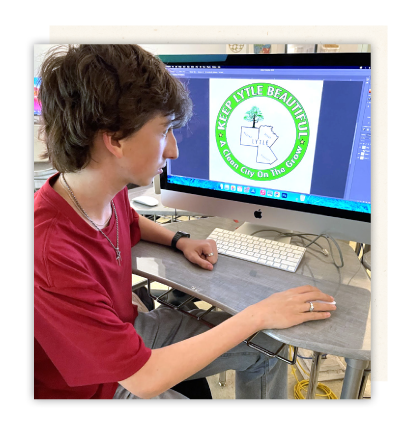
Migura first came to Lytle ISD as a private consultant to help the district make their audiovisual technology and commercial photography classes more career-focused. But by the end of their first meeting with Migura, high school leadership was asking her to come work at their campus full time. The job would be a big pay cut for Migura, but she was drawn to the work because she knew how much good she could do working for the schools.
“So I made a huge decision to get certified through an alternate program and start teaching,” Migura says. “I probably wasn’t a very good teacher at first, but I loved the kids. I absolutely loved them.” Migura tells us that when she first stepped into the classroom, she didn’t have a clear curriculum, and she wasn’t sure where to begin. So she decided to take a project-based approach, similar to her own education as a public relations professional. “I didn’t want to just give them cookie-cutter projects, though,” Migura explains. “I wanted them to do projects that would actually help the district.”
Thanks to the vision of Lytle’s former communications officer, Derrick Adams, and Superintendent Michelle Carroll Smith, Skull Studios was already in operation before Migura ever came aboard. But thanks to Migura’s expertise in photography and video production, her classes could support Skull Studios in expanding the types of projects they took on. In the past, the club had focused mainly on making Lytle ISD Pirates merchandise for fundraisers, but now they were doing portrait photography and livestreaming football games.
Eventually, Migura moved into the role of public relations director. “I had no budget to hire staff, but we clearly needed to better communicate our success stories to the community,” Migura says. “And I knew the district’s communications needs created a pipeline of real-world work that my students could produce with my guidance, while also building their own portfolios.”
In partnership with Skull Studios’ current club sponsor, Andrew Oser, Migura has continued to grow the students’ capacity. Now, they do everything from documentary production to graphic design to vinyl printing. And as their skills have begun to diversify, so too has their clientele.
“The expansion of projects into the community happened very organically when businesses started seeing web stories, photography, videography, and printed signs that were projects completed by students,” Migura tells us. After all, many small businesses don’t have the budgets to hire communications and marketing professionals. But, according to Migura, even organizations that could hire pros often elect to hire Skull Studios because they prefer to use their money to support schools.
“We did a logo for a beautification committee in town,” Migura says. “We designed banners for a music festival. We have a large format printer, and we get quite a bit of business from the community creating vinyl signs.” The list goes on and on. But behind every project, there are students learning and growing, supporting their community both within and beyond the district.
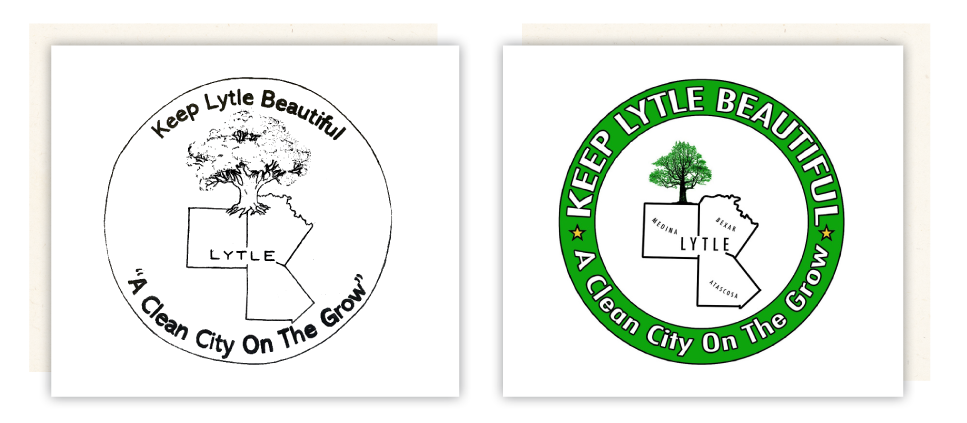
Supporting the District
It’s true: Skull Studios has done a lot to support the broader community. However, according to Migura, the bulk of the club’s projects come from within the school, including things like printing prom tickets, designing event banners, and even helping out with photography. In fact, Skull Studios produces almost 100% of the district’s sports photography.
“We’re able to provide the raw photos to families for free if they can’t afford the portrait packages,” Migura says, “but we also print the pictures on our high-quality commercial printer to create a portrait package that would normally retail for about $80. We’re able to sell those packages to our families for just $25.”
In order to connect the students behind Skull Studios to the district’s various needs, the club uses a request form. The form asks district personnel to indicate what kind of support they need, whether it’s print services, graphic design, audiovisual support, or something else. Often, though, the club gets request forms that aren’t totally complete or clear. Maybe the staff member knows they need a banner and what they need it to say—but they have no idea what size or material to specify.
“That’s part of the learning,” Migura says. “When you get a client request, you have to do a needs assessment. If you work in a creative firm in the real world, you’re expected to interface with clients, hear their needs, and then try to meet those needs.” Because the club frequently gets requests from staff members who don’t know exactly what they want, the kids have learned to create options. “In the creative process—especially with graphic design—you should never fall in love with your first design,” Migura says. She expects students to generate two or three different options for every “client,” just as they’d be expected to do in the real world. After all, that’s the goal: to prepare students for life beyond the school’s walls.
Supporting the Community
Skull Studios has done plenty of work for various organizations throughout the community—such as creating web commercials or doing graphic design—but thanks to their staff sponsor’s love of donuts, the club found itself with a new and exciting project: redoing the local donut shop’s menu sign.
As a frequent customer of Lytle Donuts, it had come to Oser’s attention that the shop’s drive-thru menu had fallen into disrepair. The owner had actually reached out to a professional company about getting the sign fixed, only to receive a quote that was way out of his price range. So Oser asked if the shop would be interested in hiring Skull Studios.
When Skull Studios takes on a project, they charge for materials plus a suggested donation of $10 per hour of work. “That suggested donation helps because we do mess up a lot,” Migura explains. “In a learning environment, you’re going to fail. You’re going to print something wrong. Something’s going to get scratched. Those donations help keep our printer operating and our supplies on hand.” Once all was said and done, the students were able to complete the project at a cost low enough for the shop owner to manage.
“That was probably one of the bigger jobs we’ve done,” Migura says. “The kids didn’t just design it—they actually made the sign, even found the backing material that would fit.” And all that work started with a donut delivery. To kick off the project, the shop owner donated several boxes of donuts for the students to photograph and use in their designs. Of course, once the photos were taken, the donuts were devoured.
“After that,” Migura tells us, “the design work was pretty monotonous: picking a font, lining up prices with donut types, that kind of thing.” In addition to creating design options, the students came up with dimensions and selected a self-adhesive vinyl material for printing. “We’d never done anything like this before,” Migura says, “so there was a lot of YouTubing. How do we get all the bubbles out? How do we use atomizer bottles? That was all done with the kids observing and helping, and their teachers learning right alongside them.”
The revamped sign outside of Lytle Donuts is a proud marker of what Skull Studios can do. “Even though they don’t get paid, I think a big part of the students’ motivation is seeing their work out in the community,” Migura says. Now, the Lytle Donuts drive-thru sign advertises more than kolaches and glazed donuts. It advertises what students can achieve and how much direct impact a school district can have on its community.
Supporting Students
In addition to supporting the district and community, Skull Studios supports the growth of the very students doing the work. The club not only lets them explore a variety of career paths, but even allows them to build creative portfolios.
“Especially in rural communities like ours, you don’t have big corporations or employers,” Migura says. “We have H-E-B. We have a couple of banks. But it’s historically agriculture here—and there are only so many jobs with that.” Students involved with Skull Studios gain exposure to careers like graphic design and video editing. They build experience as photographers and writers. And with that, they build their portfolios and resumes.
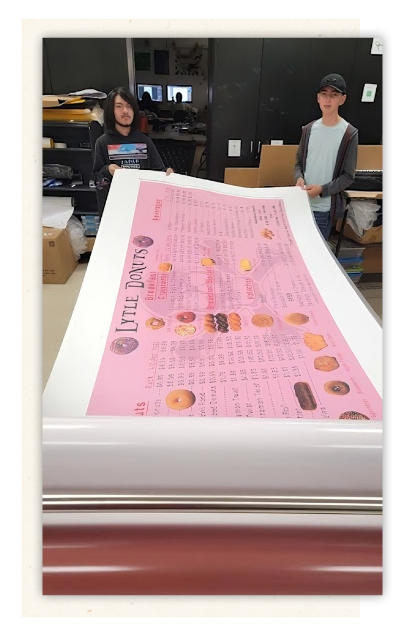
For example, Skull Studios uses Adobe products for things like layout design and video production. Being able to include “proficient with Adobe products” is a huge boost to any resume. Also, because the students’ assignments are responses to real-world needs—like designing a logo or redoing a menu sign—they’re able to cultivate a creative portfolio of work to take with them beyond graduation. As Migura says, “We can build their resumes with actual work that doesn’t look like it was just a school assignment.”
What’s more, the club will soon transition into a full-scale edu-business, meaning that it will still be run by Skull Studios students but won’t be limited by school club financing rules. “Not all the kids get into graphic design,” Migura says. “Soon we’ll have the kids doing things like looking at spreadsheets, handling billing, or doing data entry on our website.”
But even more than helping to build their resumes and portfolios, Skull Studios is helping Lytle students build their confidence. One of Migura’s favorite annual Skull Studios projects is the documentary they film and enter into the University Interscholastic League’s Young Filmmakers Festival. Last year, the students produced “Housing the Unhoused,” a documentary about a tiny home community that will provide services to unhoused people on the outskirts of San Antonio. This year, their entry “Caiden’s Hope” told the story of a nonprofit that offers financial help to families of premature babies. Both films won the state championship.
“We have extraordinary kids here, many of whom don’t have dream-focused support,” Migura says. It’s important to her that students who show an interest in creative fields are encouraged to recognize their creativity as a professional asset. Skull Studios is a way for students to develop the skills they need in order to turn their dreams into careers.
In fact, three years ago, Migura recruited one of her former students, Adam Leyva, to come back and teach after earning his BA in Media Arts. As a 2016 Lytle graduate, Leyva easily relates to his students, and Migura says he’s a huge part of Skull Studios students’ success. He’s proof that building creative skills can lead to strong career options.
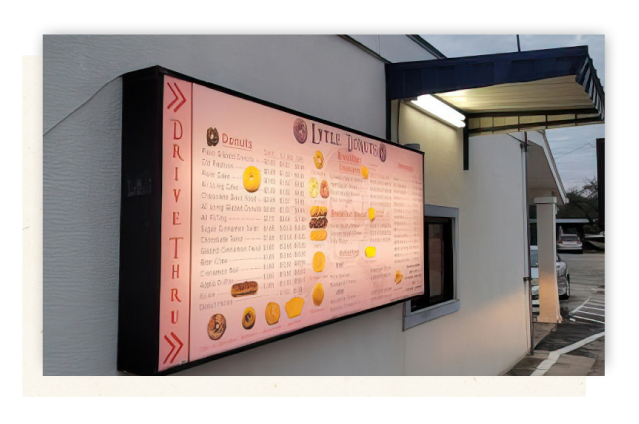
Sometimes, though, when Migura tells students they’re brilliant—when she tells them they’re talented enough to pursue photography or graphic design or video production as a career—she’s met with resistance. “They’ll say, Oh, you know I can’t do that. Are you serious? Nobody’s ever called me brilliant before,” she says. “And I just tell them, Well, that’s an absolute shame, but it’s time you heard the truth.”
“Kids can learn beyond our expectations,” Migura says. And that’s what Skull Studios is ultimately all about. Yes, Skull Studios helps print prom tickets and design banners. Yes, they create logos for community organizations and even redesign menus. But the heartbeat of Skull Studios is the students. At its core, the club is about challenging students to grow, to learn, and to become whatever it is that they want to become. “I love to see kids wake up to their own potential,” Migura tells us. “They just need to be challenged.”
Subscribe below to stay connected with SchoolCEO!


